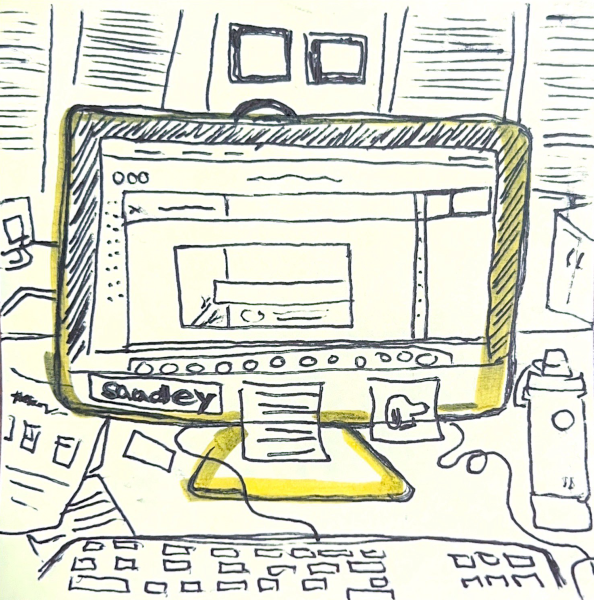Students, faculty not required to return to campus for fall semester
June 4, 2020
A survey was sent to faculty members at Kent State University on May 28 by the Faculty Senate Executive Committee, aiming to gauge faculty member’s feelings on the planned reopening of campus in the fall of 2020.
“The goal was to find out how they felt about teaching face to face, teaching remotely — if they had to teach remotely do they feel prepared to teach remotely? What would they need to be better prepared, in terms of technology, in terms of training,” Pamela Grimm, faculty senate chair, said.
Questions on the survey included “do you feel your courses can be taught in a remote or online format” and “what would you need to prepare for or enhance your ability to teach courses in a remote format.” The survey also included a question asking if faculty would feel comfortable returning to campus if “conditions in the fall are the same as current conditions with respect [to] COVID-19.”
The concerns Grimm saw expressed in the survey fit into two different categories.
“The two key things that dominate are wanting to do the best they can for students while keeping them safe…and for both students and faculty we hear faculty expressing health concerns,” she said.
On May 22, the university announced plans to return to campus for the fall semester and established the Flashes Safe Seven Principles to guide the return to campus activity.
“Our classrooms are not going to look the way they normally do,” Grimm said. “And we’re going to have to teach most of our class, I would argue, in a remote environment, making space for those that have to be there in person or that would benefit disproportionately from being in person.”
No student or faculty member will be required to return to campus.
“I don’t think that it’s been clearly communicated to faculty and students yet that no one’s going to be required to come to campus who doesn’t want to come to campus — period,” Grimm said. “And I don’t think that has been clearly communicated, but my understanding is that those agreements have been reached.”
For courses that cannot be taught remotely, Grimm said that students who are not able to return to campus may have to delay taking that course.
“But otherwise, a student should not be required to come to campus to take a course if they wish not to do so for whatever reason,” Grimm said.
Each faculty member will be able to decide at the course level what method of instruction is used.
“The faculty members are in the best position to know what solution is available,” Grimm said. “Those solutions would run the gamut, from, ‘I’m going to make this a fully online, asynchronous course. All the work will be identified for the students, I’ll have a clearly laid out schedule with specific due dates and the students can work through that material.’ Or perhaps, ‘I’m interacting with them in discussion boards, perhaps I’m interacting with them through assignments.’”
Every faculty member has to be prepared to switch to a remote learning environment at any point throughout the semester if the pandemic worsens. For some colleges and departments, such as nursing, fashion design and the visual arts, teaching everything remotely can be difficult.
“We recommend that [faculty] move as much as they can that must be face to face to the beginning of the semester,” Grimm said. “And prepare for the fact that [faculty] could be required to have to go to remote at some point.”
Contact Gina Butkovich at [email protected].




















